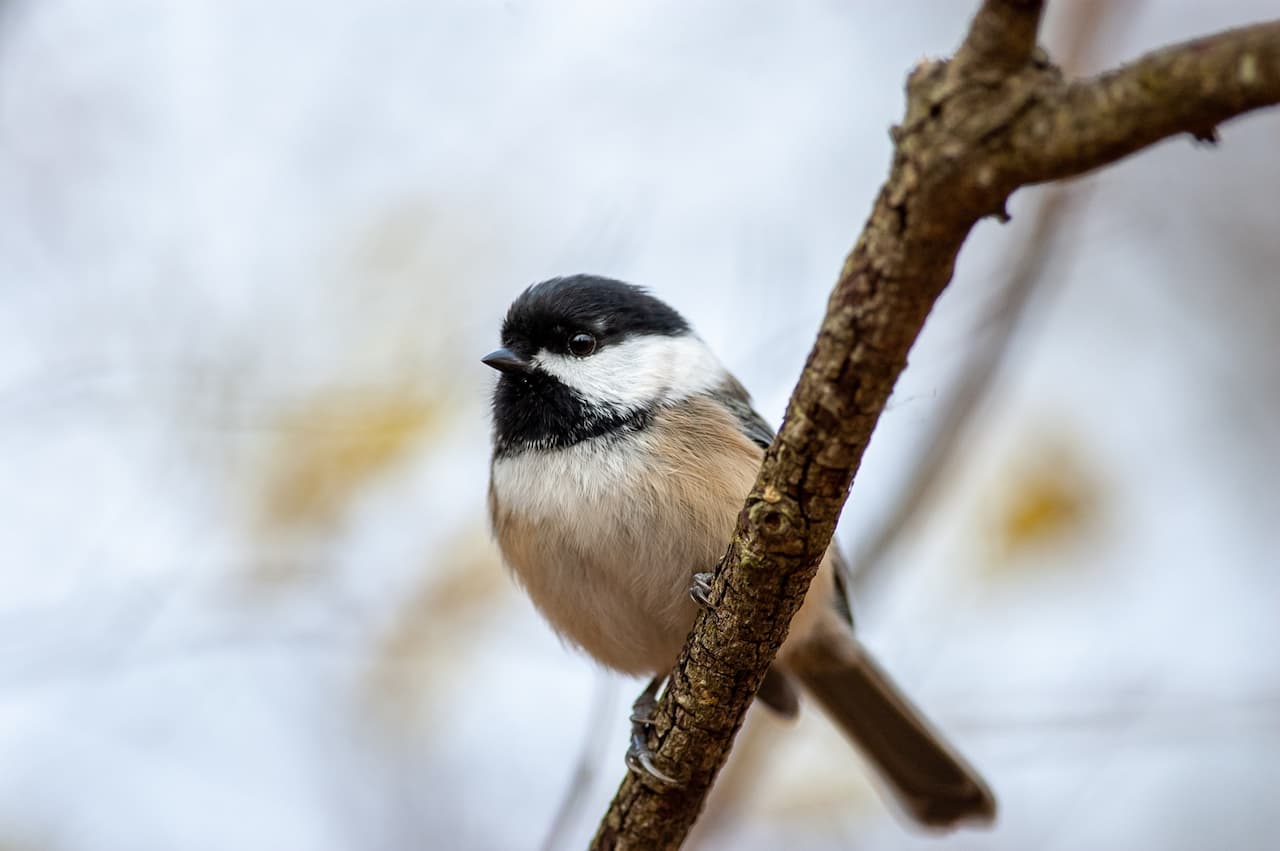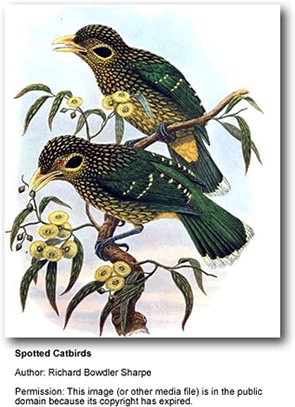White-chinned Petrel or Cape Hen
The White-chinned Petrels or Cape Hen, Procellaria aequinoctialis, is a large shearwater in the family Procellariidae It ranges around the Southern Oceans as far north as South Australia, Peru and Namibia, and breeds colonially on scattered islands.
Description
The White-chinned Petrels averages 55 cm (22 in) in length. This large petrel is sooty-black and has some white on its throat and chin. Its primaries (wing feathers) can have a silvery appearance underneath.
Its bill may be horn or yellow with a black tip, and also black between the nostrils. It has black feet. When it flies, it mixes slow wing beats with glides. Although normally quiet, it will rattle or groan while at its colony.
Range and habitat
The White-chinned Petrel utilizes many islands during breeding season. 2,000,000 pair breed on South Georgia, Between 175,000 and 226,000 pair are on the Kerguelen Islands, and 100,000 pair on Disappointment Island.
The Crozet Islands, Prince Edward Islands, Campbell Islands, Auckland Islands, Antipodes Island, and the Falkland Islands.
During non-breeding season, these petrels fly from the Antarctic pack ice to the Subtopics
| Location | Population | Date | Trend |
| South Georgia | 2004 | Decreasing 28% per 20 years | |
| Antipodes Island | 100,000+ pair | 2000 | |
| Disappointment Island | 100,000+ pair | 2000 | |
| Kerguelen Islands | 175,000-226,000 pair | 1989 | |
| Crozet Islands | 23,600 pair | 1989 | Decreasing 37% per 21 years |
| Campbell Islands exc. Campbell Island | 10,000+ pair | ||
| Falkland Islands | 55 pair | ||
| Prince Edward Island | Decreasing 14.5% per year | ||
| Auckland Islands | |||
| Total | 7,000,000 | 2004 | Decreasing 30% to 49% per 60 yr |
Feeding
Their diet is composed mainly of krill followed by fish. White-chinned Petrels feed by surface seizing and by undertaking shallow dives, and they will readily follow ships to collect fisheries discards, making them vulnerable to long line fisheries.
Breeding
Both sexes help to build a nest, and will help incubate the egg. Upon hatching, both sexes again will assist in feeding and protecting the young..
Conservation
A 2004 estimate placed the adult bird population at 7,000,000 with an occurrence range of 44,800,000 km2 (17,300,000 sq mi). This birds high infant mortality rate and high loss of life due to longline fisheries has caused the IUCN to classify it as Least Concern. An overall decline in population is inferred by a drop in burrow occupancy rates of 28% at Bird Island, and an 86% reduction in population at Prydz Bay.
Also, monitoring on Marion Island has shown of 14.5% reduction, and a 37% reduction on the Crozet Islands.
Unintentional death at the hands of long line fisheries has proven to be a major contributor to the overall population decline. Nearly all of the bycatch from the Namibian hake are White-chinned Petrels.
10% of the South African pelagic (over sea) longline bycatch and 55% of the demersal Also, the White-chinned Petrel has suffered at the hands of invasive species such as the Brown Rat, Rattus novegicus, and the Black Rat, Rattus rattus.
At this point in time, several of the islands are protected areas. Ongoing studies and population monitoring are occurring at South Georgia, Prince Edward Islands, the Kerguelen Islands, and the Crozet Islands. Finally, they are a part of ACAP Annex I, and CMS Appendix II.
To assist in reversing the decline in population it has been proposed to continue and extend monitoring studies, trying to eliminate most invasive species, promote adoption of best practice mitigation measures at all fisheries within the range via ACAP, FAO, CCAMLR.
Taxonomy
The White-chinned Petrel is a member of the Procellaria genus, and in turn is a member of the Procellariidae family, and the Procellariiformes order.
As a member of the Procellariiformes, they share certain identifying features. First, they have nasal passages that attach to the upper bill called naricorns. Although the nostrils on the Prion are on top of the upper bill. The bills of Procellariiformes are also unique in that they are split into between 7 and 9 horny plates.
They produce a stomach oil made up of wax esters and triglycerides that is stored in the proventriculus (stomach). This is used against predators as well as an energy rich food source for chicks and for the adults during their long flights.
Finally, they also have a salt gland that is situated above the nasal passage and helps desalinate their bodies, due to the high amount of ocean water that they imbibe. It excretes a high saline solution from their nose.
Etymology
Procellaria comes from two Latin words, procella meaning a storm and arius a suffix meaning pertaining to. This is in reference to their association with stormy weather. The word Petrel is derived from St. Peter and the story of his walking on water. This is in reference to the Petrels habit of appearing to run on the water to take off.




